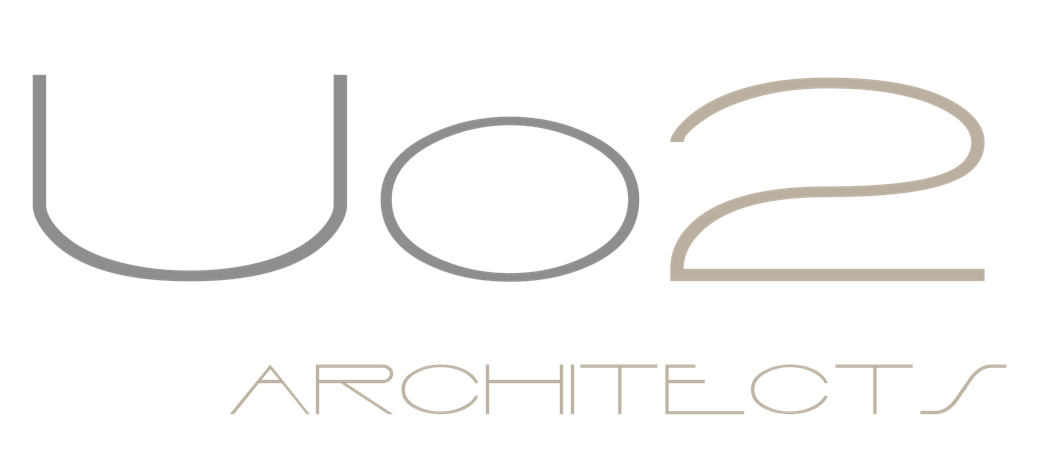
Balancing cost and quality in property development is a perennial challenge that property developers in the Philippines, and globally, grapple with. This complex issue is at the heart of every project, where the goal is to create properties that are not only financially viable but also meet high standards of quality. In this article, we will explore the intricacies of this challenge, particularly within the Philippine context, delve into the problems that arise, and discuss the innovative solutions that can help navigate these challenges effectively.
The Cost-Quality Conundrum
The cost of property development encompasses a wide array of expenses, from acquiring land to procuring materials, paying labor, and securing necessary permits and legal services. In the Philippines, the volatility of these costs adds an additional layer of complexity. For instance, the cost of construction materials has seen fluctuating prices, influenced by both local and global market dynamics. According to the Philippine Statistics Authority, the Construction Materials Retail Price Index (CMRPI) in the National Capital Region saw an increase of 1.6% in May 2021 compared to the previous year. Such fluctuations can significantly impact the overall budget of a development project.
Quality, on the other hand, is a non-negotiable aspect that developers must uphold to meet both regulatory standards and buyer expectations. High-quality construction ensures the longevity, safety, and sustainability of a property, which are critical factors for buyers and investors in the Philippine real estate market. A survey conducted by Lamudi Philippines in 2020 highlighted that quality of living, including the build quality of homes, remains a top priority for Filipino homebuyers.
Navigating the Challenges
- Effective Planning and Budget Management: The first step in addressing the cost-quality balance is meticulous planning and budget management. Developers must undertake detailed feasibility studies to accurately estimate costs and set realistic budgets that account for potential fluctuations in material prices and labor costs. This involves a comprehensive analysis of the market, including land prices and construction trends in the Philippines.
- Adopting Design and Build Solutions: The design and build approach is becoming increasingly popular among developers seeking to optimize both cost and quality. This method integrates the design and construction phases under a single contract, facilitating better communication and collaboration between architects, engineers, and contractors. This synergy can lead to more cost-effective designs and construction methods that do not compromise the quality of the finished property.
- Innovative Construction Technologies: Leveraging new technologies can significantly enhance efficiency and reduce costs. Building Information Modeling (BIM) and prefabrication are examples of technologies that are making inroads in the Philippine construction industry. BIM allows for the creation of detailed digital models of a project, enabling better planning and visualization, while prefabrication can reduce waste and speed up construction times.
- Sustainable and Green Building Practices: Incorporating sustainable building practices can lead to long-term cost savings and enhance the quality of developments. Energy-efficient designs, the use of sustainable materials, and green technologies not only reduce the environmental impact of projects but can also offer operational cost savings over time. The Philippine Green Building Code provides guidelines for sustainable construction, which developers can follow to achieve these benefits.
- Value Engineering: This process involves analyzing the features, systems, and materials used in a project to identify ways to reduce costs without affecting functionality or quality. By evaluating alternative design solutions and materials, developers can find more cost-effective ways to achieve their project objectives.
Balancing cost and quality in property development is undoubtedly challenging, but it is not insurmountable. Through careful planning, adopting innovative approaches, and leveraging technology, developers in the Philippines can navigate these challenges. The goal is to deliver projects that not only meet financial objectives but also exceed expectations in terms of quality and sustainability.
As we continue to push the boundaries of property development, we must ask ourselves: How can we further innovate to enhance the efficiency of our projects, ensuring that we not only meet but exceed the evolving standards of quality and sustainability in the Philippine real estate industry?
